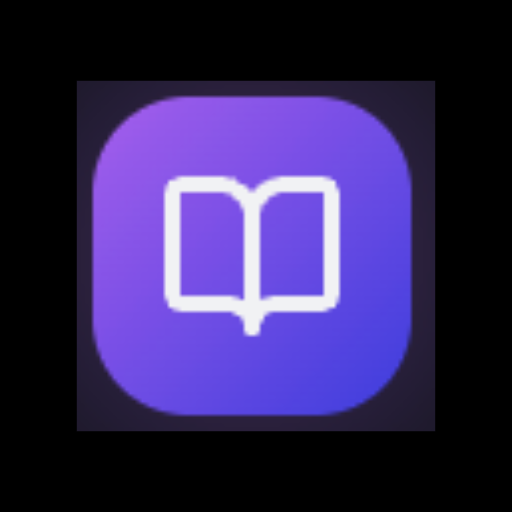Product Introduction
- BookGraph is an interactive web application that visualizes relationships between books in a user's reading history using graph-based data representation. It enables readers to map connections between titles, authors, and themes through dynamic node-link diagrams powered by force-directed graph algorithms. The system automatically processes metadata from manually added books or imported reading lists to generate explorable visual networks.
- The core value lies in transforming isolated reading experiences into structured networks that reveal thematic overlaps, author influences, and genre patterns. By applying network analysis to bibliographic data, it helps users identify subconscious reading preferences and discover new books through data-driven recommendations derived from their existing library.
Main Features
- The interactive relationship visualizer renders books as nodes and connections as edges, with adjustable filters for focusing on specific authors, publication years, or user-defined tags. Users can zoom, pan, and click nodes to view detailed metadata including ISBN, publication date, and custom notes. The visualization engine uses D3.js for real-time layout adjustments and collision detection.
- Bulk import/export functionality supports CSV and JSON formats for seamless migration of reading history from library management systems or eBook platforms. The import process automatically validates ISBN-10/ISBN-13 formats and fetches missing metadata via Open Library API integration. Export preserves custom tags and connection weights for external analysis.
- Hybrid book addition combines manual entry with API-powered search, allowing users to input books by ISBN scan, title/author search, or raw metadata entry. The search feature leverages a combined index of Google Books API and Library of Congress data, with fuzzy matching for title variations and automatic author disambiguation.
Problems Solved
- Addresses the inability to quantitatively analyze reading patterns across physical and digital libraries through traditional list-based tracking methods. Conventional tools fail to surface relationships between books' thematic elements, historical context, and stylistic influences that become apparent in graph visualization.
- Serves avid readers maintaining 50+ book collections, academic researchers studying literary connections, and book club organizers curating thematic reading lists. Particularly valuable for users managing cross-genre libraries or studying intertextual references in literature.
- Enables use cases such as identifying unintentional bias toward specific authors/genres, tracing concept evolution across decades through publication timelines, and preparing data-supported reading recommendations for educational curricula. Researchers can export network graphs for citation analysis in literary papers.
Unique Advantages
- Unlike linear reading trackers, BookGraph implements true bidirectional graph relationships where books can connect through multiple attributes simultaneously (author collaborations, thematic overlaps, and citation references). Competitors typically limit connections to single relationship types like series or direct sequels.
- Implements machine learning clustering to automatically group books by writing style metrics extracted from preview text analysis, complementing user-defined tags. The system calculates connection strength using weighted algorithms considering publication proximity, shared awards, and Goodreads community data correlations.
- Maintains competitive edge through offline-first architecture using IndexedDB for browser-based data persistence, enabling full functionality without continuous internet access. Combined with open export formats, this eliminates vendor lock-in concerns prevalent in subscription-based reading platforms.
Frequently Asked Questions (FAQ)
- How does BookGraph protect my reading data? All data processing occurs client-side with optional encrypted cloud backup using Web Crypto API standards. No personal reading lists or connection graphs are stored on servers without explicit user consent.
- Can I add books not available in ISBN databases? The manual entry mode supports adding obscure or self-published works with custom metadata fields, including ASIN for Amazon-exclusive titles and archival identifiers for out-of-print editions. User-added books remain private unless explicitly shared.
- What file formats are supported for importing existing libraries? The system accepts CSV templates matching Goodreads export structures, JSON arrays with standard bibliographic fields, and BIBTeX files for academic paper integration. Automatic format detection handles column mapping for varied source systems.
